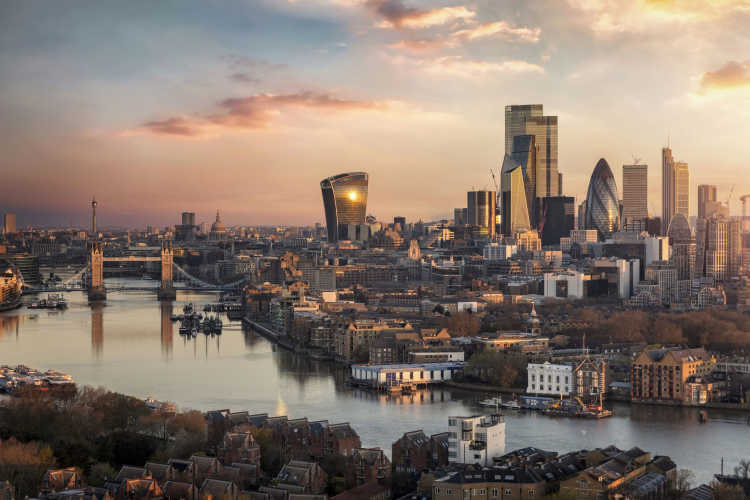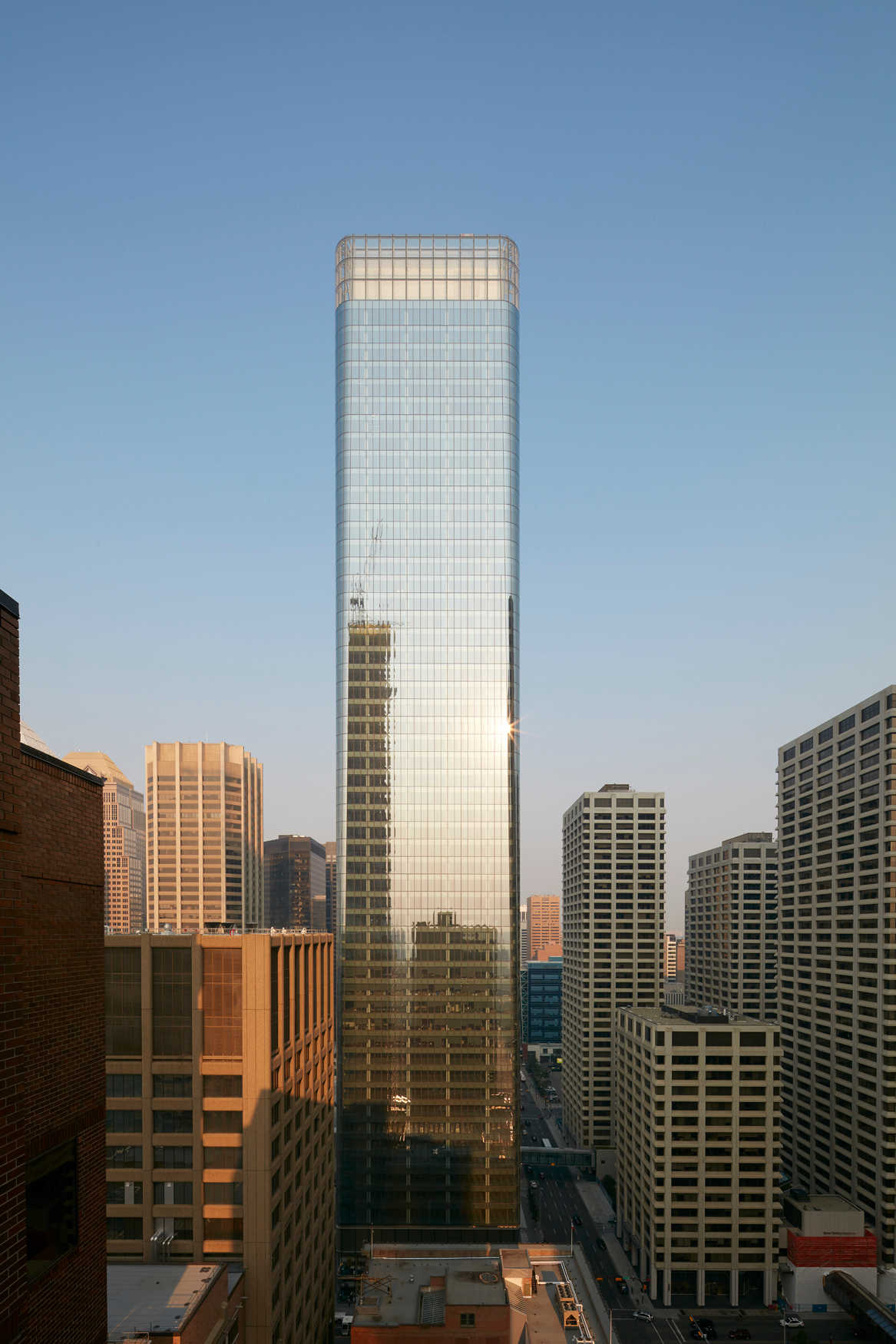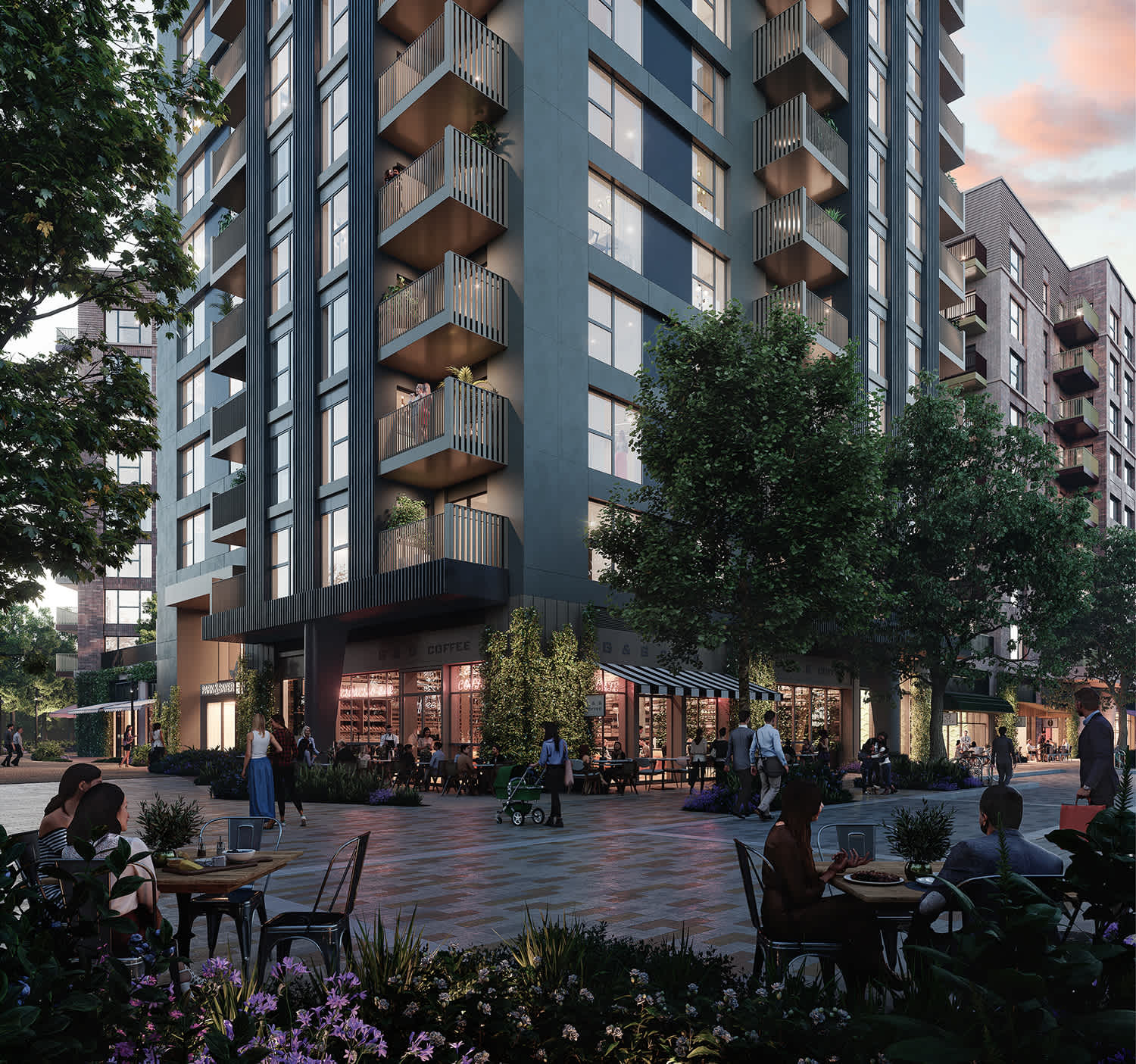Does London need more tall buildings?
People love tall buildings. They always have and always will.
Tall buildings extend our horizons and I believe there’s something innately human about the desire to metaphorically reach towards the stars.
Buildings that taper into the sky aren’t new. Throughout history, they have created a strong sense of identity and place, enabling cities to be known and loved for the striking silhouettes they trace across the sky. However, London and other leading cities around the world are changing fast – and the days of sterile, single-use tall towers will soon be a thing of the past. Indeed, plans are already being drawn up to transform London by reimagining and repurposing existing tall buildings, introducing a vibrant mix of public space, cultural uses and amenities previously relegated to the spaces between buildings rather than also being in buildings themselves.
With this shift in thinking, we should start to imagine tall buildings as ‘vertical villages’ supporting a rich mix of uses. These villages need to be punctuated with ‘village commons’ that provide spaces for interaction to promote wellbeing, as well as being centres of innovation, creativity and community.
In essence, tall buildings can be very effective social connectors but to truly unlock their potential we need to uproot the outdated belief that all tall buildings have to be a single-use type – how boring and how pre-covid!
Properly conceived and executed, tall buildings are the key to making London more accessible for public use and solving some important environmental challenges too – data proves that well-designed and appropriately located tall buildings are the most sustainable way for us to build our cities. By accommodating more people in cities, tall buildings help us protect the Green Belt and prevent urban sprawl, reducing the use of natural resources by enabling more people to use public transport, simultaneously removing cars from the road and improving air quality. After all, transport is the single biggest source of greenhouse gas emissions.
I am hopeful and inspired for the future of building tall. Co-created by their users and shaped by the community around them, tall buildings – be they brand new or old structures adapted and re-used – are an incredible way of breathing new life into the city and a beautiful way of sustaining London.
Tall buildings have a critical role to play in addressing some of the most important social and environmental issues of our time and I can’t wait to see what emerges as they become capable of more inclusive and imaginative uses than ever before.
Read the article in The Standard where Earle Arney argues for building tall buildings on this link .



